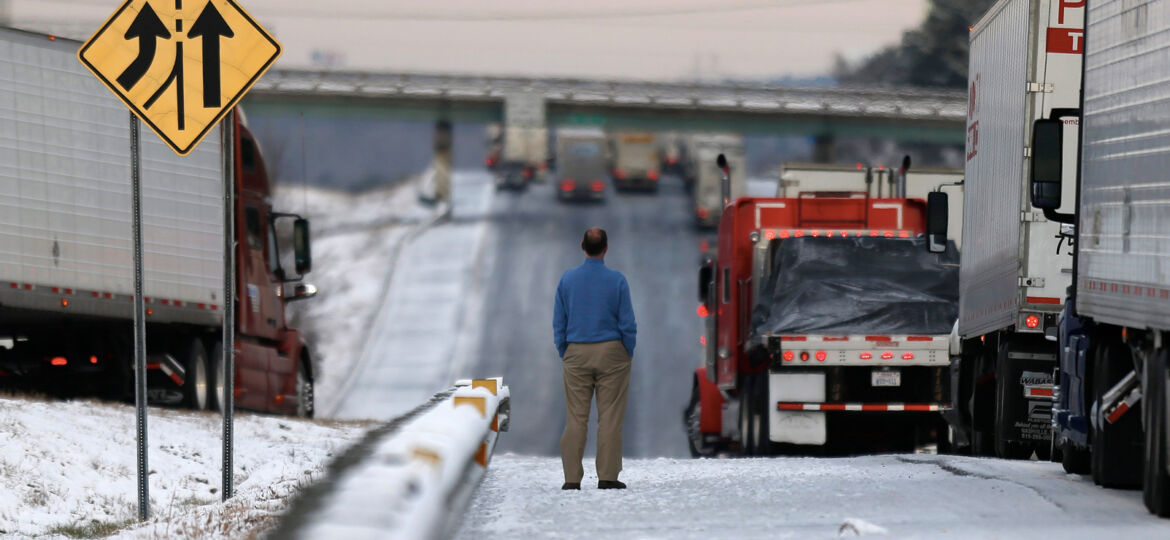
WHY THIS MATTERS IN BRIEF
V2x will revolutionise the worlds transportation systems.
Jaguar Land Rover has announced the launch of a 40 mile “living lab” on public roads in the UK to support the development of its Connected and Autonomous Vehicle (CAV) technology and to hasten and support the transition from today’s semi-autonomous vehicles to tomorrows fully autonomous vehicles.
The so called “UK Connected Intelligent Transport Environment”, or UK-CITE for short is based around Coventry and Solihull and will be used to test new connected car technologies in real world driving conditions rather than in carefully controlled lab environments that, even though high tech can still only simulate a small fraction of the risks and challenges cars and drivers alike face in the real world.
While Google and Toyota appear to be further along the curve testing their autonomous vehicles on public roads, clocking up over 3 million miles many autonomous car manufacturers publicly admit that it’s the 0.1% of driving time – the times when road conditions are highly complex, variable and dynamic – AKA “unusual” that’s the greatest technological challenge to overcome. Driving autonomously along a sunny Californian highway in light traffic with great visibility is difficult but it’s not as difficult as driving in a built up environment with fog and ice and random cyclists appearing from nowhere to contend with and until manufacturers can satisfactorily prove their vehicles can handle everything the world can throw at them – and then some, the lawyers, litigators and insurance companies will recommend the technology stays off the roads and outside of the publics grasp.
While there are many private test roads dotted around the world this will be one of the first, particularly in Europe that will test both Vehicle to Vehicle (V2V) and Vehicle to Infrastructure (V2I or, as it’s sometimes referred to V2x) platforms.
Over the next three years JLR will invest £5.5 million into the project which will include new roadside communications equipment to enable the testing of a fleet of up to 100 connected and highly automated cars.
Dr Wolfgang Epple, Director of Research and Technology at JLR told us: “This real life laboratory will allow Jaguar Land Rover’s research team and project partners to test new connected and autonomous vehicle technologies on five different types of roads and junctions and this test route is exactly the sort of innovation infrastructure the UK needs to compete globally.”
Several new technologies will be tested at the site, such as new V2V communications technologies that allow cars and vehicles, both near and far to communicate and update each other with useful information to aid traffic flow, improve safety and provide alerts as well as Cooperative Adaptive Cruise Control (CACC), an already a familiar sight on some American roads that enables vehicles to autonomously follow each other in close formation known as platoons.
However, potentially the most valuable research will come from the programs plan to test real world Vehicle to Infrastructure platforms, whereby for example a vehicle communicates with traffic lights, parking spaces, signs and in the future any manner of Internet of Everything (IoE) connected devices including street furniture to make better decisions that support new improvements, new business models and create new value.
Ultimately our ambition is to revolutionise today’s transportation systems and CAV’s are only one part of the jigsaw puzzle. In order for us to fully realise the benefits – whether it’s in improving safety, reducing emissions and journey times or improving our quality of life we need a complete, intelligent network and we will only see that realised by investing not just in CAV’s, or V2V but in V2x.
















